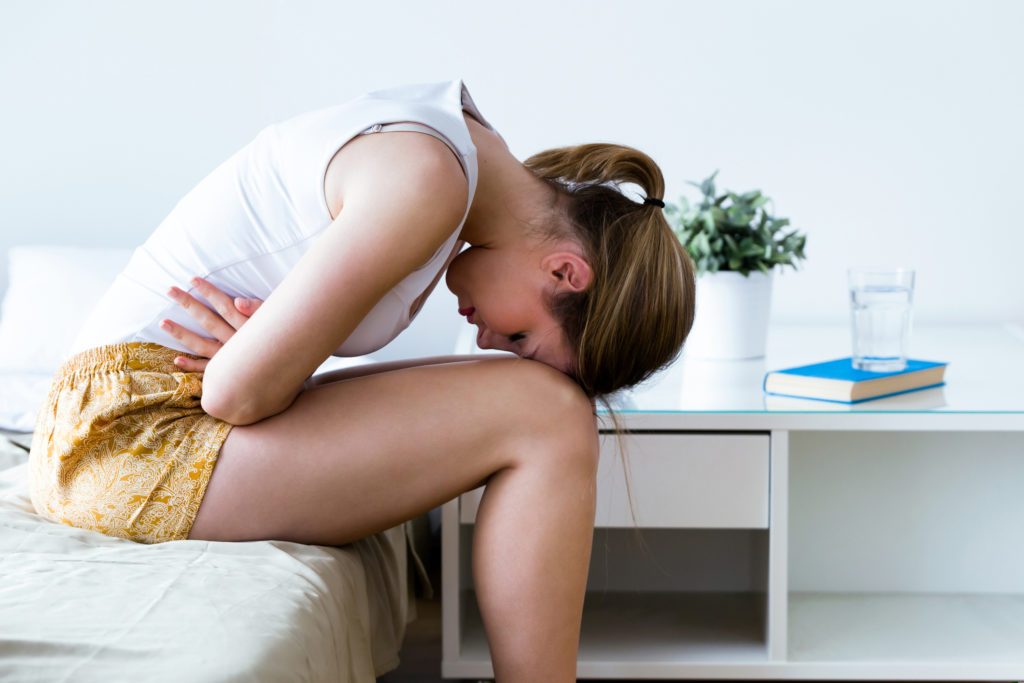
Articles
SleepScore at the ATN Innovation Summit 2025: Why Sleep Drives Everything
Reimagining The World of Sleep SleepScore Labs was proud to take part in the ATN Innovation Summit 2025, an elite gathering…
Introducing SleepScore
We deliver accurate data, actionable insights, personalized coaching and proven outcomes your customers need.
Sleep Insights
Last Published on 8th November 2018 by SleepScore Labs

Cramps, headaches, breast tenderness, heavy bleeding; these menstrual symptoms are notorious for preventing a restful night’s sleep. If you’re like 30% of American women who lose quality sleep every month, this article contains tips for managing your symptoms and getting the rest you need.
Menstrual cycles last from 25 to 35 days, with an average of 28 days for most healthy women. Fluctuation in four key hormones mark phases of the cycle and account for many of the symptoms women experience. A cycle begins on the first day of menstrual flow when levels of estrogen and progesterone are low. During the follicular phase (days 2-13), estrogen rises, leading to ovulation (day 14). The post-ovulation luteal phase (days 15-28) sees an increase in progesterone before hormone levels drop and a new cycle begins with the start of menstruation.
Progesterone is linked to both an increase in body temperature and fatigue – two classic symptoms of premenstrual syndrome (PMS). This is why you may feel exhausted but have trouble sleeping in the days leading up to your period. A drop in body temperature signals that it’s time to sleep. If your hormones are keeping you warmer than normal, it’s harder to naturally drift off.
While most women report difficulty sleeping in the days leading up to their period and the first few days of menstruation, interestingly, laboratory sleep studies have shown that sleep composition remains mostly consistent across the menstrual cycle. However, women taking oral contraceptives have less deep sleep and might experience more REM sleep, and If you’re wondering “How does SleepScore app work?” the app will tell you how much deep sleep you got that night.
It may be that synthetic hormones have more influence on sleep than naturally occurring hormones involved in the menstrual cycle. That said, women who take oral contraceptives do not seem to experience self-reported sleep disturbances to the same extent as women who do not use oral contraceptives.
While as many as 80% of women report experiencing premenstrual symptoms (not all of which affect sleep), 3-8% of otherwise healthy women experience a more severe condition called premenstrual dysphoric disorder (PMDD). Symptoms of this at times debilitating condition include sleep disturbances, either hypersomnia (excessive sleepiness) or insomnia. High nighttime body temperatures, as well as chills and sweats, have been reported in women with severe PMS or PMDD as well. Needless to say, all of the above can present a problem for getting a good night’s sleep.
The good news is women living with mild to severe menstrual symptoms can find relief. Here are some tips for handling what can be an uncomfortable monthly experience.